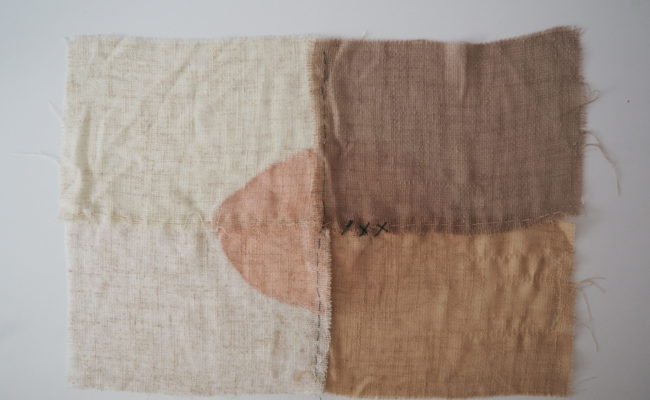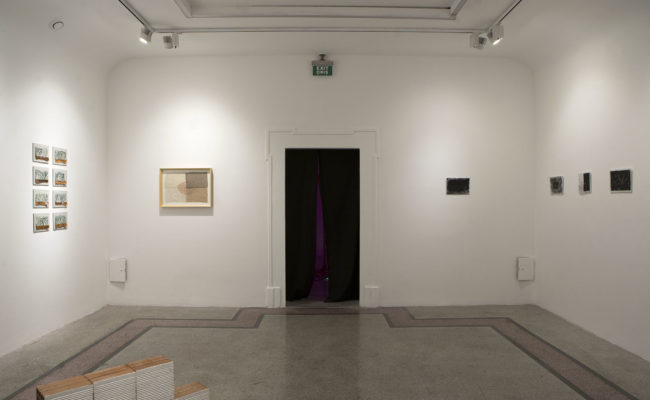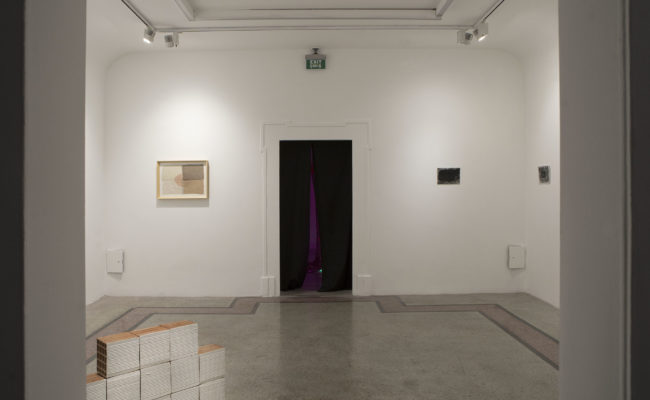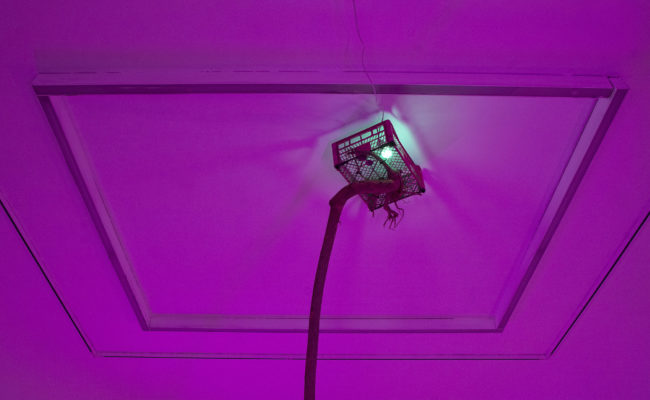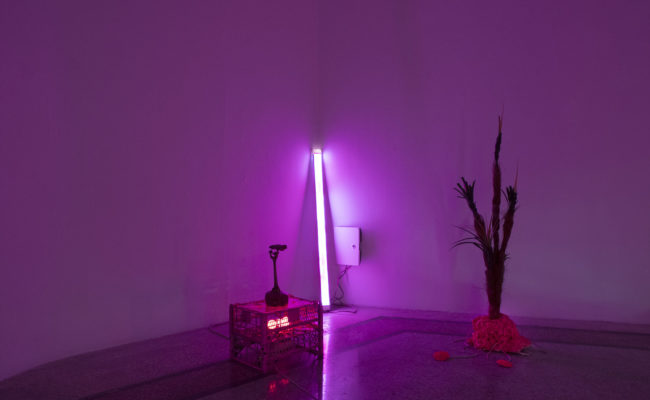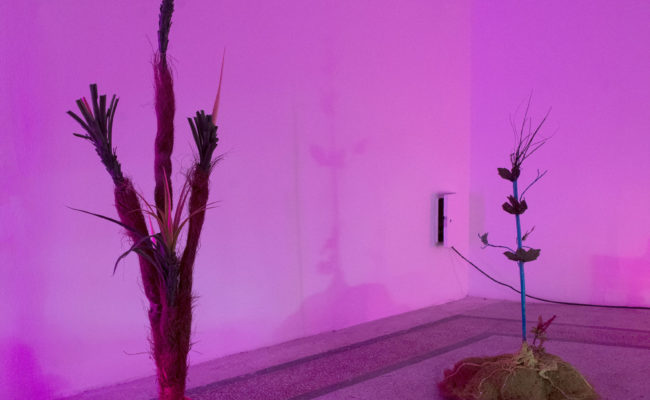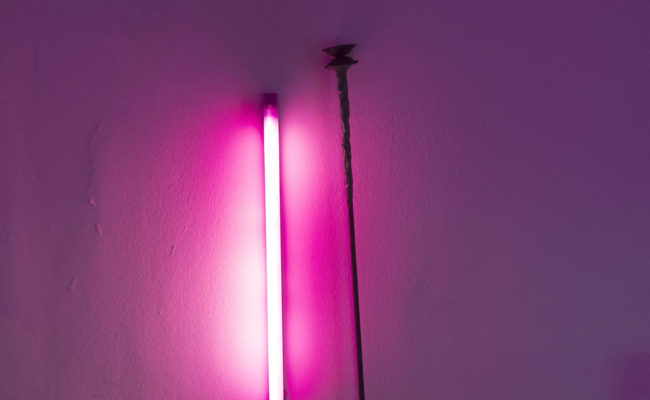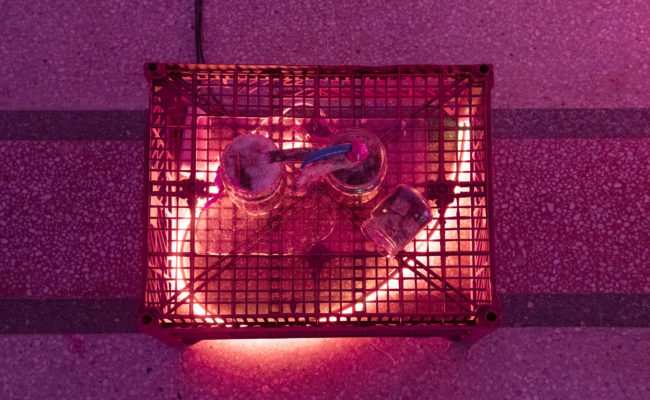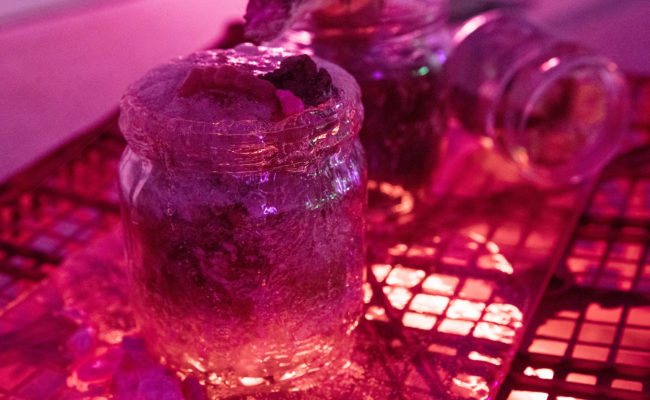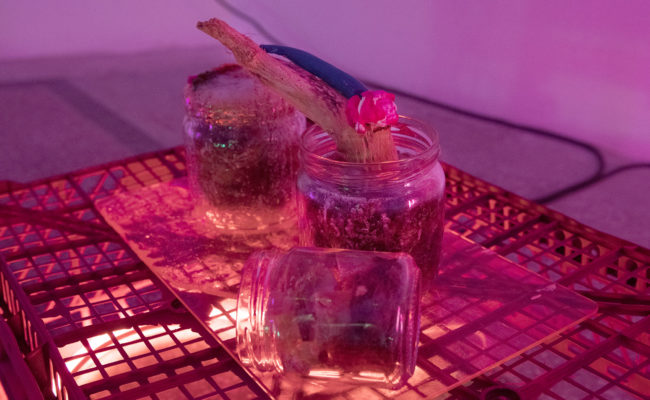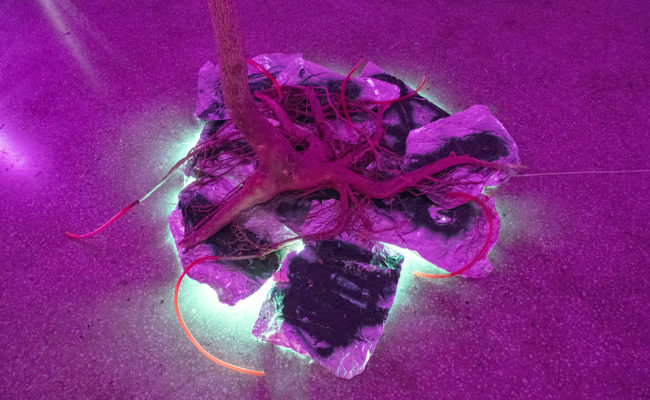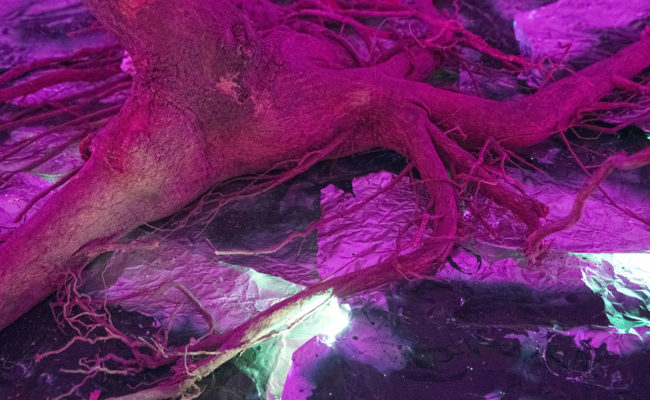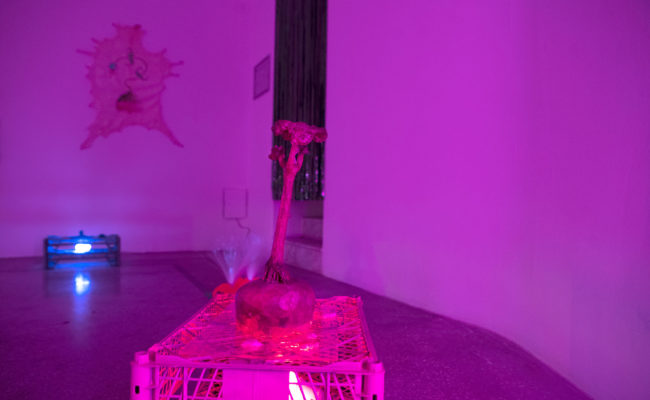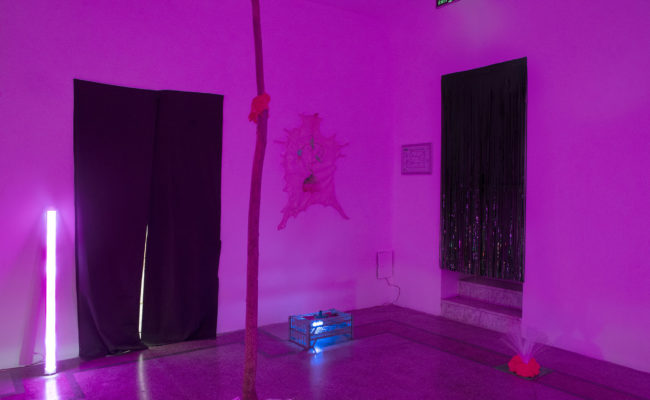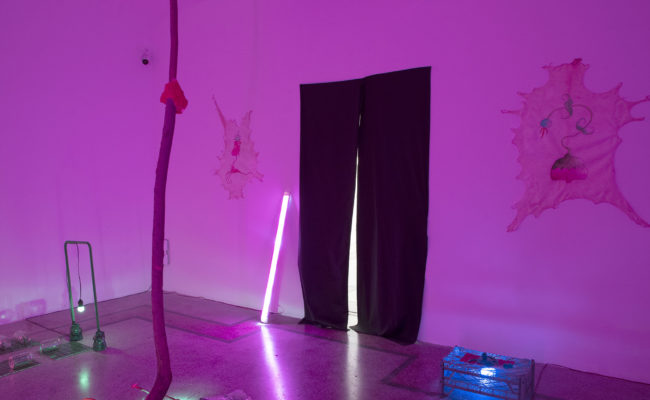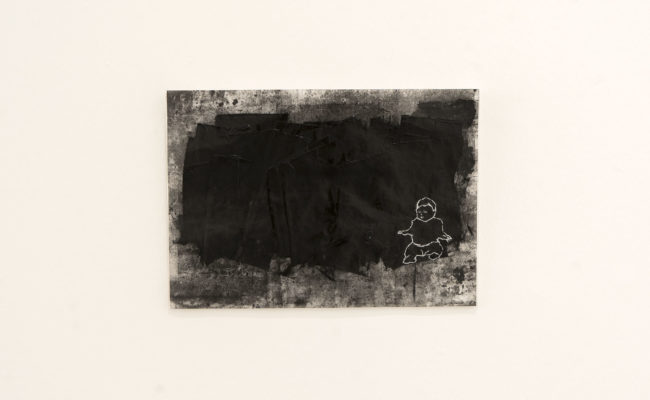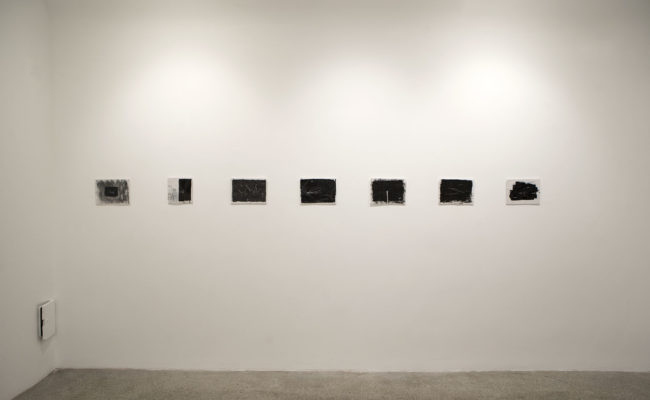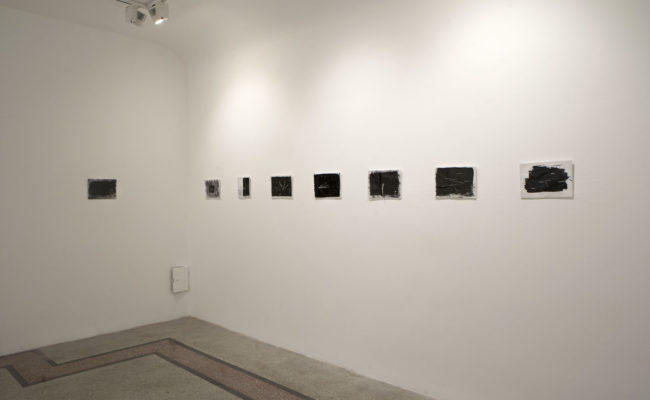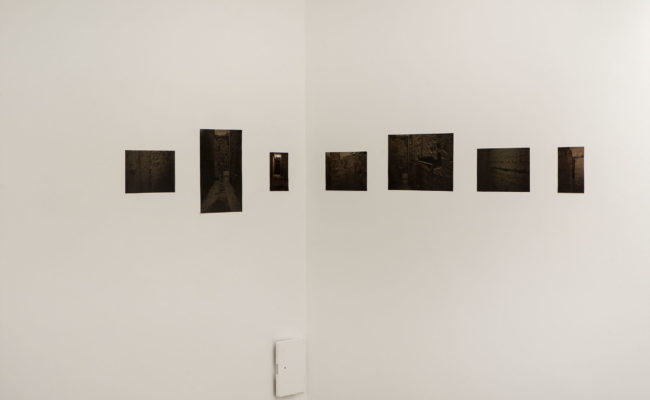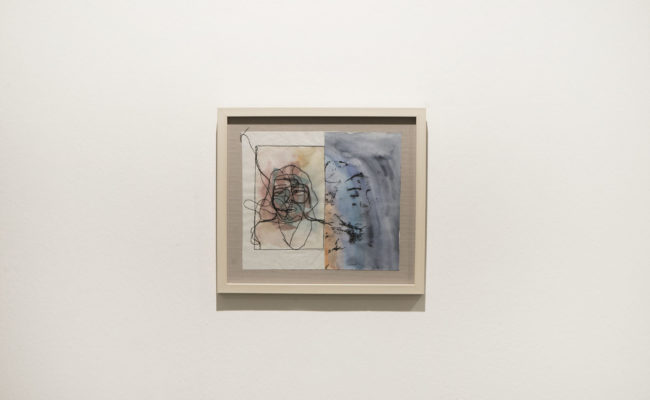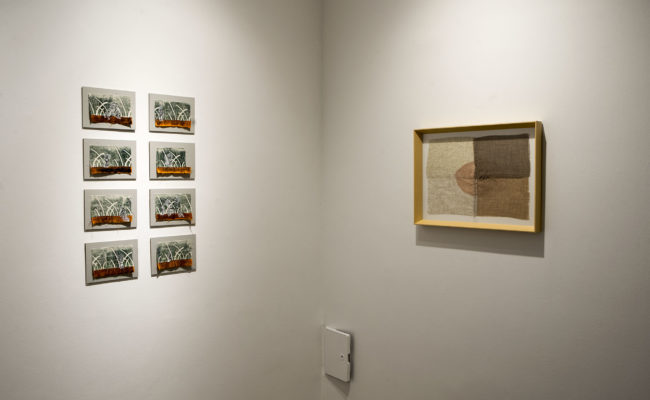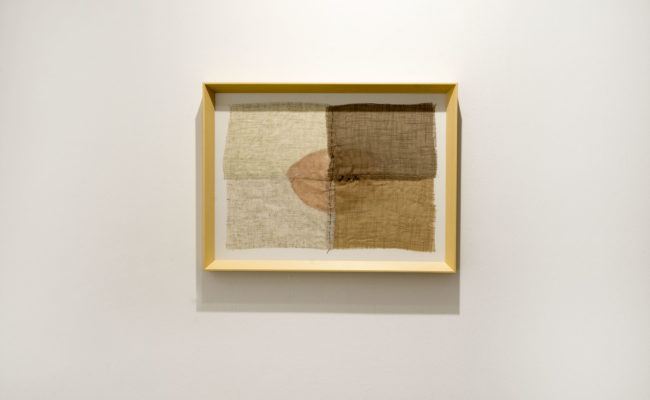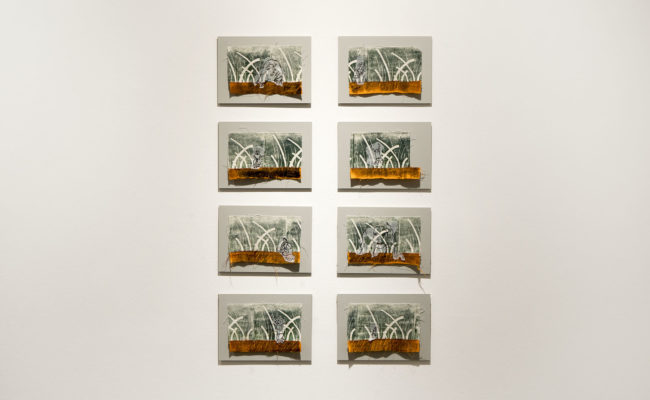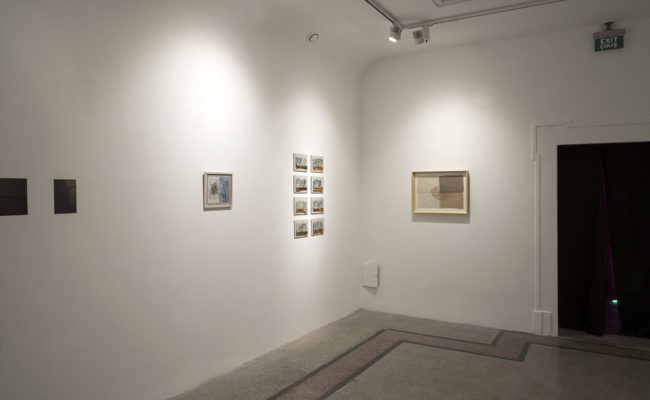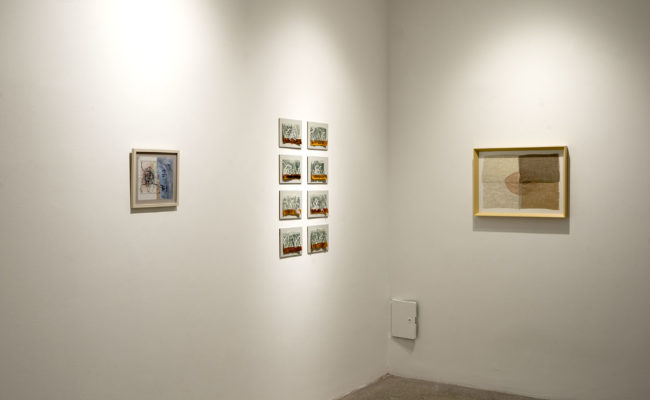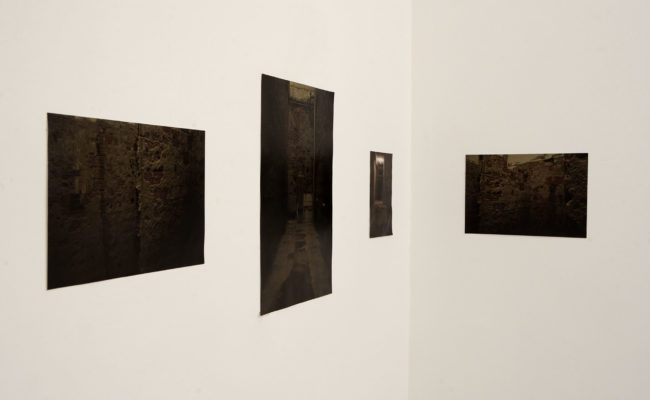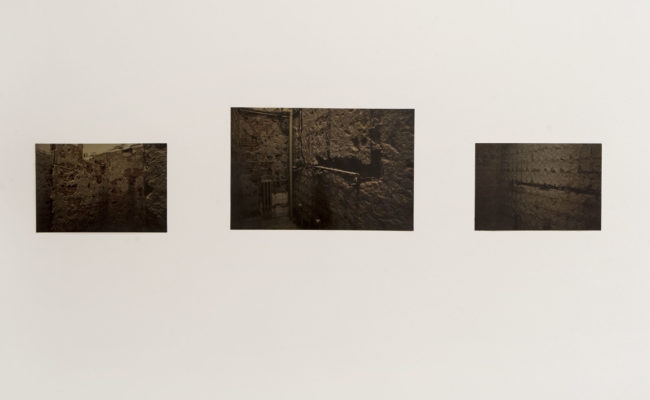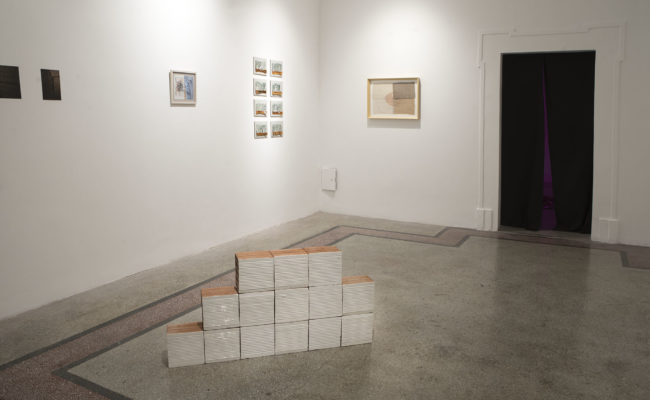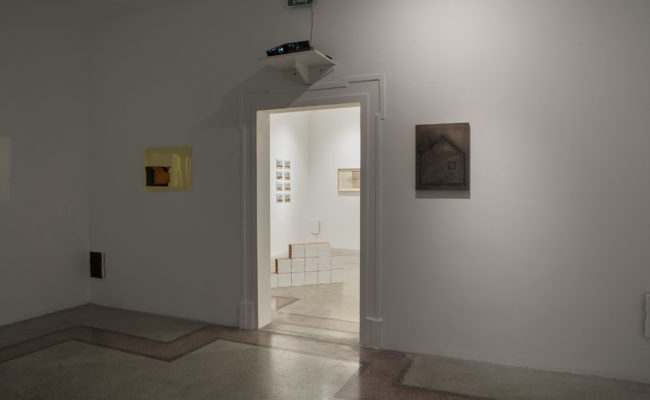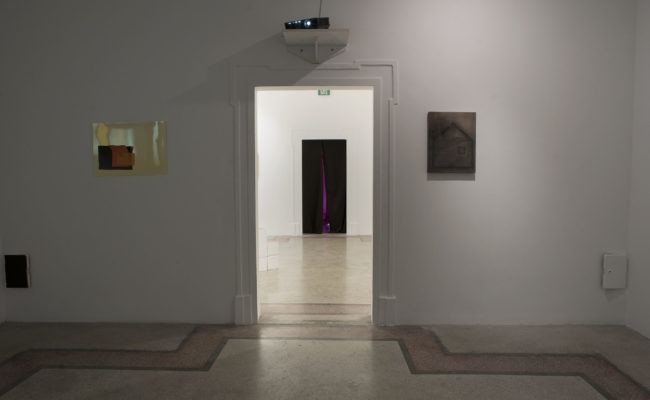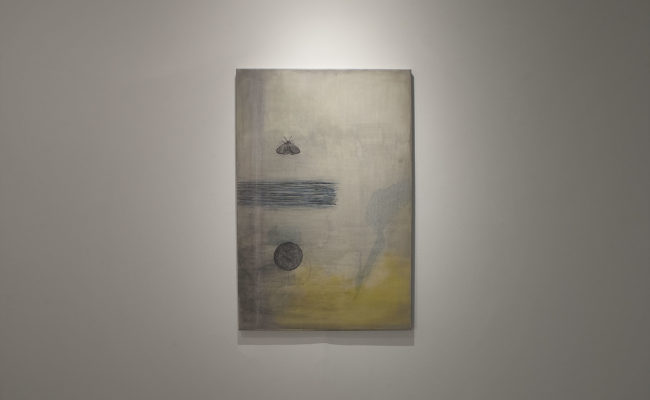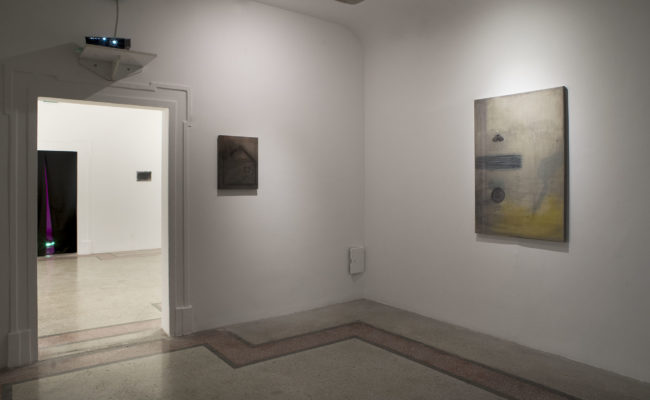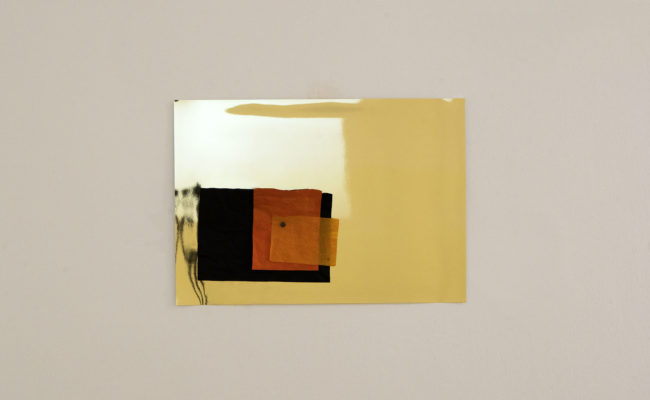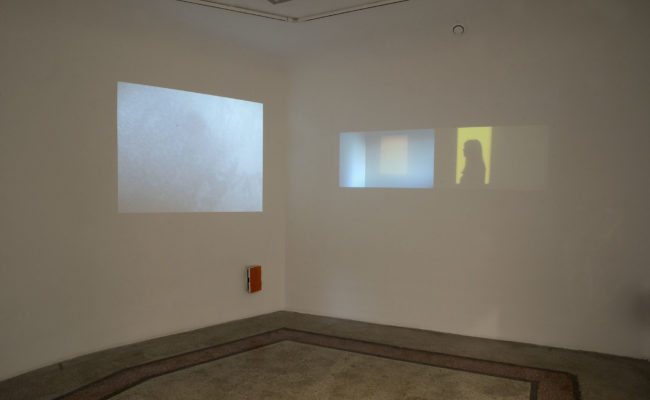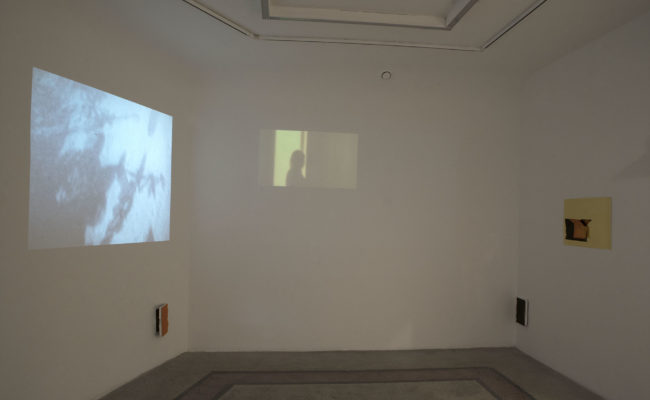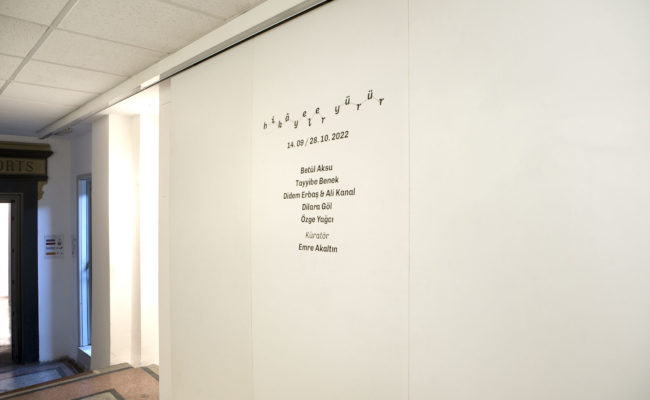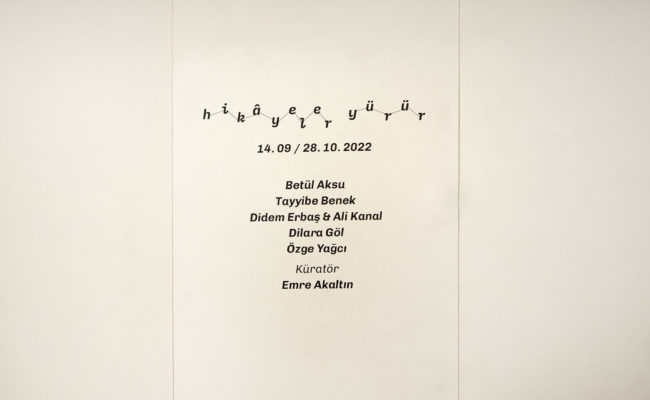Betül Aksu, Tayyibe Benek, Didem Erbaş & Ali Kanal, Dilara Göl, Özge Yağcı
Curated by Emre Akaltın
Storytelling, by its nature, follows a non-continuous linearity. John Berger said “No story is like a wheeled vehicle whose contact with the road is continuous,” in the essay titled Stories (1982) published in Another Way of Telling which was co-written with Jean Mohr. Storytellers never fill all the gaps, they cannot. Story finds a flow and meaning when the listener/viewer fills in the gaps with their own imagination. However, there is no uninterrupted flow where imaginations fill the gaps. In this situation, which Berger calls the 'tacit agreement' between the narrator and the listener/viewer, stories open up space for experience through the gaps that need to be filled. Thus, no story experienced is automatic or complete.
It would not be wrong to say that we have started to stay away from storytelling and the fields of experience that stories can open in the continuous and rapid flow of our time. While being 'always-anywhere' has become a necessity, the experience that remains in the shadow of speed demands a sustained interest and curiosity in order to re-engage, and leaving the gaps to the imagination to fill.
Stories walk deals with issues such as the personal past as a narrative that needs to be read and reinterpreted, the self, illusions and the plurality of realities, the boundaries of language and signs, around dualities such as artificial-natural, visible surface- background, borders and transitivity and opens the nature of storytelling to question through small nuances.
The works exhibited in Stories walk point to the nature of experience. They prioritize involuntary acts and spontaneity over narratives and styles that are present in an endless flow.
Betül Aksu proposes to expand the rules of storytelling through time/process/narrator in her work titled introduction-body-conclusion she created for the exhibition. Looking at narratives that reside outside the taught rules, the artist constructs a new narrative that cares about perceived time, focuses on the process, and embraces personal experience.
Dilara Göl, takes place in the exhibition with her two canvas works. The artist's paintings in the first room of the gallery space are based on the image of an undefined space. While the paintings create an atmosphere that evoke notions of uncertainty and the difficulty of
establishing a belonging, they are balanced with images that represent the feeling of freedom. Creating a world that can be pointed out but difficult to define, the artist invites the viewer to experience a continuous 'present time'.
Tayyibe Benek, with her works using tracing paper and fabric as materials, is working on the issues such as processing the memory and constructing the psyche. The artist creates intersections and divergences by combining the photographs she has chosen from her family album with the impressions in her own memory. Creating an experimental space by reworking the figures and scenes she extracted from the photographs in various media, the artist makes various interventions to the images she encounters, emphasizing certain moments by underlining them. These interventions, which turn fixed frames into dynamic scenes, reveal new meanings and forms of expression, and invite the audience to a reflection process on the processing of memory.
Özge Yağcı's series titled Transition Stories consists of photographs she took at a place during a renovation. The photographs, in which the walls of the space are seen in their barest form, reveal a visual way of thinking about what the layers on the background of the surface might be. While each construction creates a new layer by covering the old one, these photographs, in which the walls are displayed in their raw form, open up the duality of surface and depth-background to question.
The artist's other work, based on the surface-background duality, is titled Transition Stories "New Type Brick". Bricks placed in the middle of the gallery space and covered with various materials, reject the premise of creating a hygienic and pure beginning in order to hide the traces of what remains in the background with the intervention to the raw product behind the surface, and embody what is desired to be hidden and reflected together. The work reveals a hybrid narrative and involves a new inquiry into the building block of what is emerging.
Distant Garden is a site specific installation that created by Ali Kanal and Didem Erbaş. The work is based on The Voynich Manuscript which was dated the beginning of the 15th century. Taking the question ‘how would an artificial garden in the future look like?’ as a starting point, the artists, aimed to bring out a heterotopia in the artificial garden created by combining organic and industrial materials with artificial lighting setup. The work was constructed during the dialogue process between the artists between Izmir and Istanbul. This garden plot, which goes beyond the present time, is also an attempt to question the possibilities of coexistence of species, independent of the culture-nature duality.

